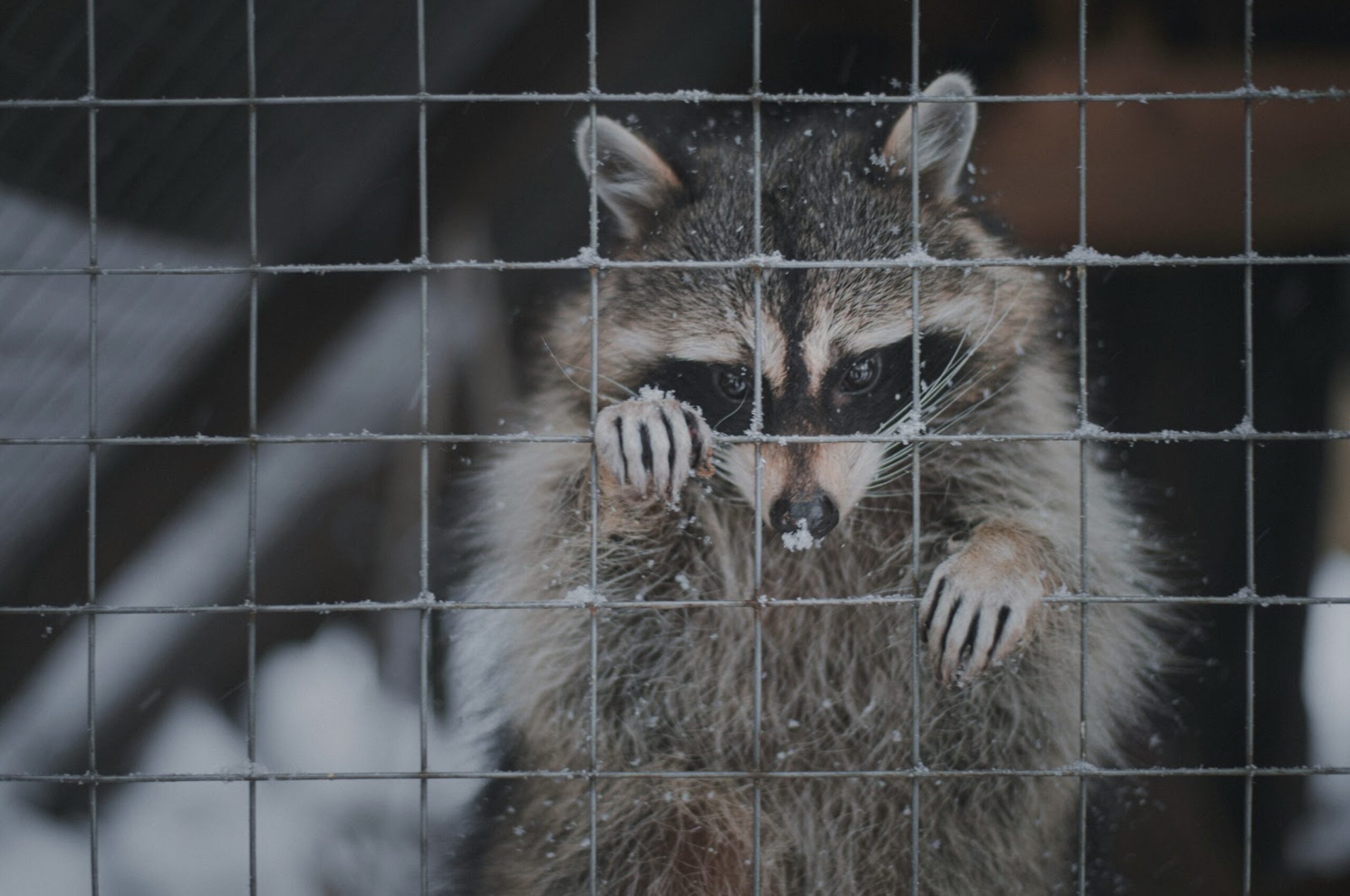In the movie “Interstellar,” while space exploration and time dilation received much attention, another crucial element was the film’s contemplation of ecosystems and life support. Humanity in the movie struggles to find a new planet due to Earth’s environmental collapse. Central to this process are plant growth and genetics. In particular, the scenes featuring cornfields make us think about how humanity must coexist with nature for survival.
Here, corn is shown as one of the few remaining crops on Earth, giving us a glimpse into humanity’s survival methods. From this perspective, it is closely connected to the latest biological research. Plant genetic editing technologies, especially innovative techniques like CRISPR-Cas9, are currently being actively researched to enhance plant resistance, nutritional value, and growth rates. This research opens up possibilities for humanity to continuously produce food in environments where crops struggle to survive due to climate change. In “Interstellar,” the vast cornfields symbolically show how important modern biology is in solving future food problems. Additionally, research on closed ecosystems for life support systems and the role of microorganisms are also important biological themes indirectly addressed in the film.
“Interstellar,” as a sci-fi movie set in space, poses questions to us living in 2024. It also proves that science can provide thoughtful and realistic visions of the future about the essence of life and how to maintain it through art and media. This film is a masterpiece that beautifully conveys through artistic narrative that biology is not just a science confined to laboratories, but plays a crucial role in designing our future.








